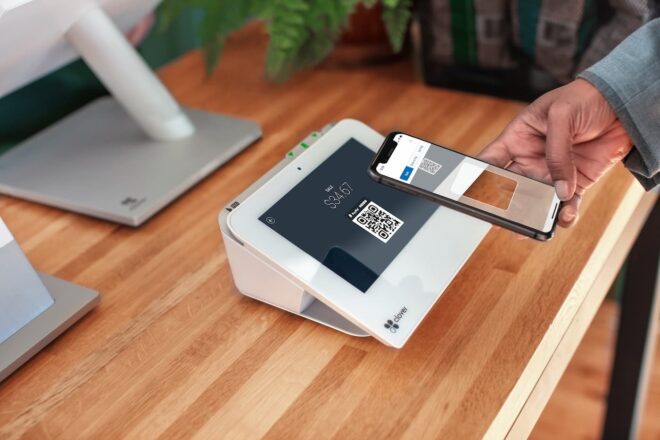That customer at your checkout counter could be using a fake or stolen card. Or, perhaps he or she is using a real credit card that lacks sufficient funds to cover the purchase. Either way, how is your payment processor able to verify if the transaction is approved so quickly?
The answer lies in the credit card approval code, also known as an authorization code.
What is an authorization code?
A credit card authorization or approval code is an alphanumeric string generated at the POS. Normally consisting of five to six characters, this one-time approval code is unique to each transaction. It is sent from the customer’s card-issuing bank directly to your POS display, verifying that:
- The payment option being used is legitimate. If the card has been reported lost or stolen, or if the card has expired, that transaction will be immediately declined.
- The card being used has enough funds to cover the total amount of the sale.
A history of auth codes in credit cards
There was a time when merchants had to physically call Visa or Mastercard to verify that the card-carrying customer standing in front of them had both the funds and approval to complete a purchase. Not surprisingly, this verification process was time-consuming – especially when servicing multiple customers back to back. Connecting with card-issuing banks by phone often proved difficult during non-business hours.
However, calling each bank was a necessary step to help prevent credit card fraud and abuse. As a merchant, you might not receive cleared funds for several days, by which time the customer in question would be long gone.
Thanks to the internet, it’s now possible to skip this manual verification process with automation. Instead of speaking directly with someone on the phone, credit card authorization codes are generated and sent instantly through the card processing network.
Other ways to verify card transactions
Authorization codes aren’t the only way to verify a credit card transaction. For in-store sales, for example, customers can provide:
- A signature. Note, however, this verification step is no longer required or accepted by the major card brands.
- A photo ID. This verification step depends on the policy of each major card brand.
For eCommerce merchants, some credit card processing tips suggest that you require online shoppers to provide a Card Verification Value (CVV) code, which is a three- or four-digit number on the back of most consumer plastic cards, or a Card Identification Number (CID), which is the four-digit code on the front of an American Express card. You can also require a billing address and match it against an Address Verification Service (AVS).
Like credit card authorization codes, CVV and AVS are also verified instantaneously; however, credit card approval codes happen with each transaction regardless and don’t add friction to the checkout process, unlike with CVV and AVS.
Have more questions about credit card processing?
If you have questions about accepting payments, improving security, and minimizing fraud risk, we’re here to help. To learn more about our complete range of PCI-compliant credit card processing solutions, schedule a free consultation with our merchant services team today.






